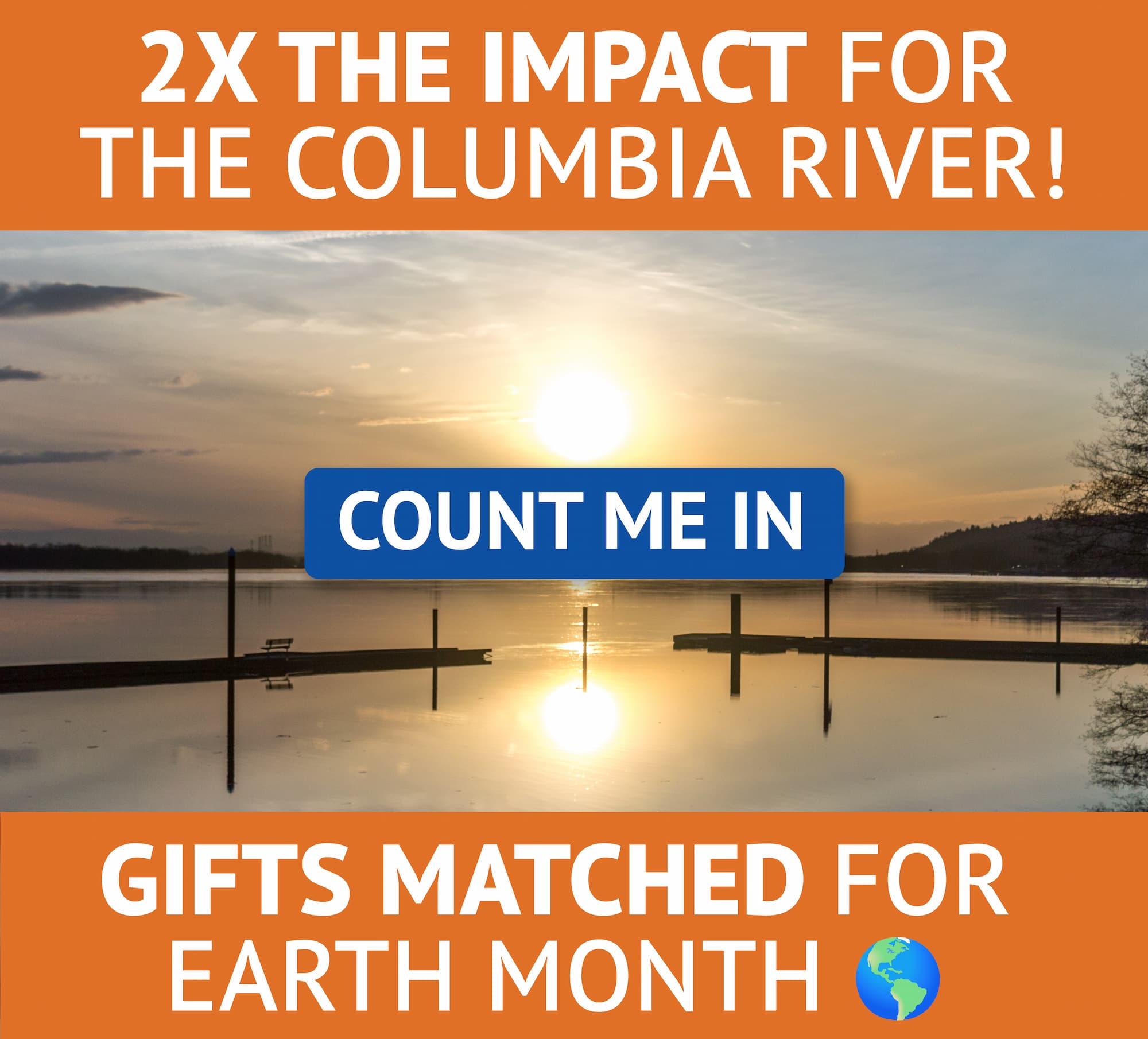
The Estuary Partnership hosted our eighth annual science to policy summit on toxics reduction. One hundred scientists, community leaders and natural resource practitioners joined the discussion. A panel of scientists presented emerging data about toxics in the lower river, their sources, and impacts on the ecosystem and humans. A second panel presented various successes in reducing contaminants, including pesticide collection partnerships, child product safety legislation, and green purchasing.
Learn more:
Photo by Andie Petkus Photography.
Speaker: Jennifer Morace, Hydrologist, Unites States Geological Survey
Presentation: A summary of what we've learned about toxics in the Columbia River: Pathways, Effects, and Unknowns
Speaker: Paul Lumley, Executive Director, Columbia River Inter-Tribal Fish Commission
Presentation: PBDEs, PCBs and Mercury Presence in the Columbia Basin
Speaker: Nat Scholz, Ecotoxicology Program Manager, NOAA Fisheries
Presentation: EcoToxicology: Impacts of Toxics in Stormwater on Salmon & Green Stormwater Infrastructure Effectiveness
Speaker: Kevin Masterson, Toxics Coordinator, Oregon Department of Environmental Quality
Presentation: Pesticide Partnerships and Reduction
Speaker: Josh Grice, Research Analyst, Washington Department of Ecology
Presentation: Child Safety Products Legislation
Speaker: Alice Brawley‐Chesworth, Regulatory and Policy Analysis, City of Portland, Bureau of Environmental Services
Presentation: Wastewater Management & Treatment: What it can do, what it can’t, what it costs, and who pays
Speaker: Kevin Scribner, Salmon Safe
Presentation: Growers: Voluntary Reduction in Pesticides
Speaker: Roger McFadden, Senior Scientist, VP, Staples, Inc.
Presentation: Corporate Changes: Making an Orderly Transition to Safer Chemicals, Materials and Products
Toxics Fact Sheets:
- Overview of Toxics
- Current Use Pesticides
- Dichlorodiphenyltrichloroethane (DDT)
- Polychlorinated Biphenyls (PCBs)
- Polycyclic Aromatic Hydrocarbon (PAHs)
- Polybrominated Diphenylethers (PBDEs)
- Pharmaceuticals and Personal Care Products
- Trace Elements
There is Good News
- The Port of Vancouver, Washington treats up to 99% of its stormwater before it reaches the Columbia River;
- Together, Oregon and Washington have a pilot purchasing project for ‘green’ janitorial supplies. The states indicated their combined purchasing power is more than $20 million annually for janitorial supplies;
- Both states have hugely successful pesticide collection programs and the Oregon legislature just allocated an additional $1.5 million to this effort;
- Growers in the Walla Walla region in Washington State have decreased the use of one applied pesticide from eight times the water quality standard to less than the criteria in just three years.
- Here are 10 ideas that you, your community and your business can implement to reduce toxics in our river.
Additional links
- Estuary Partnership’s Lower Columbia River and Estuary Ecosystem Monitoring: Water Quality Sampling Report, 2007
- EPA’s State of the River Report for Toxics, 2009
- The Columbia River Basin Fish Contaminant Survey
- Recent Health Advisories
- EPA’s Columbia Basin Toxics Action Reduction Plan
Science to Policy Summits
- Each summit focuses on a topic that is important to the region.
- A panel of leading experts presents current scientific research.
- The entire group defines the needs of the region.
- We identify a course of action for the Estuary Partnership that will support the regional objectives.
